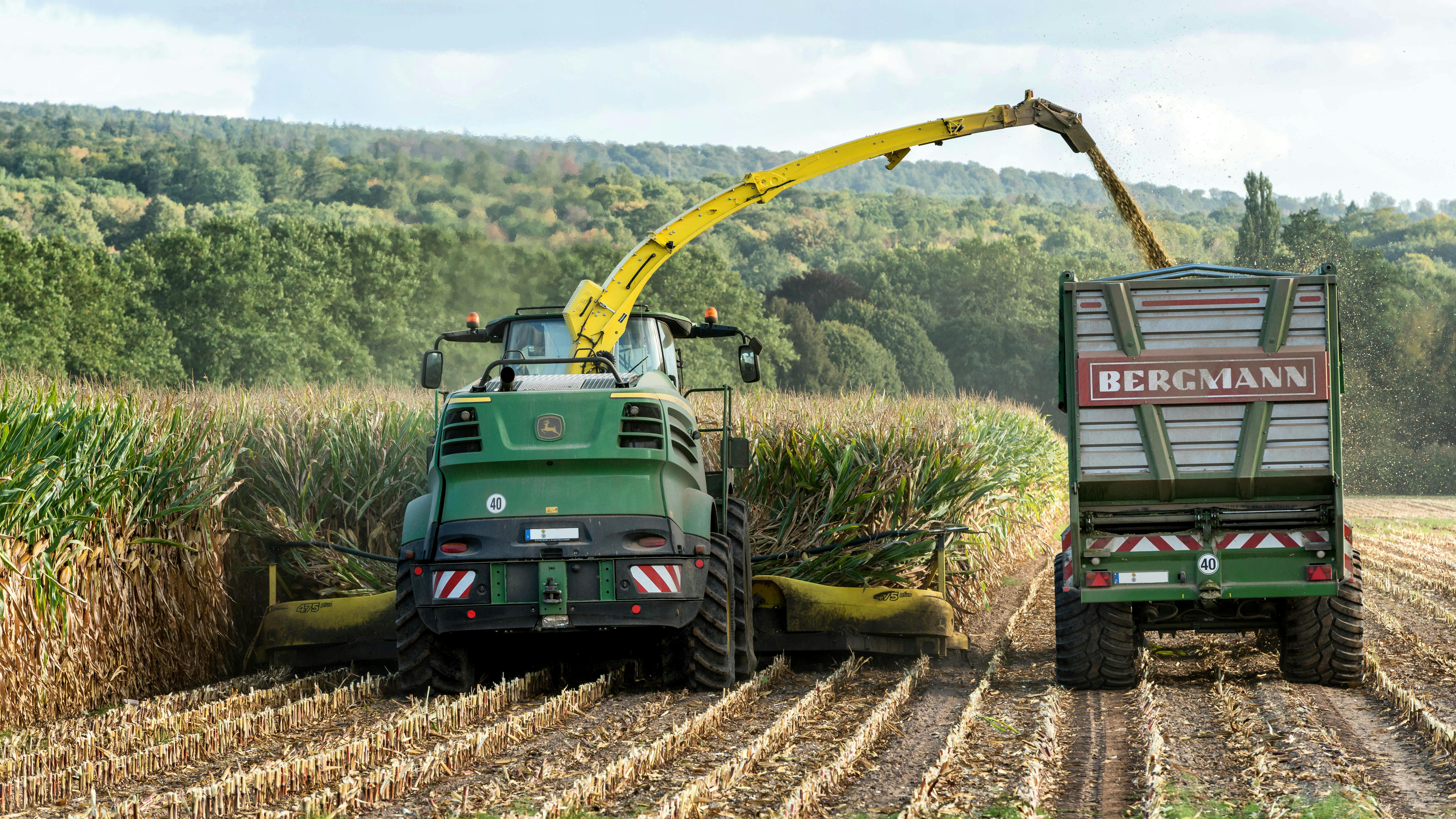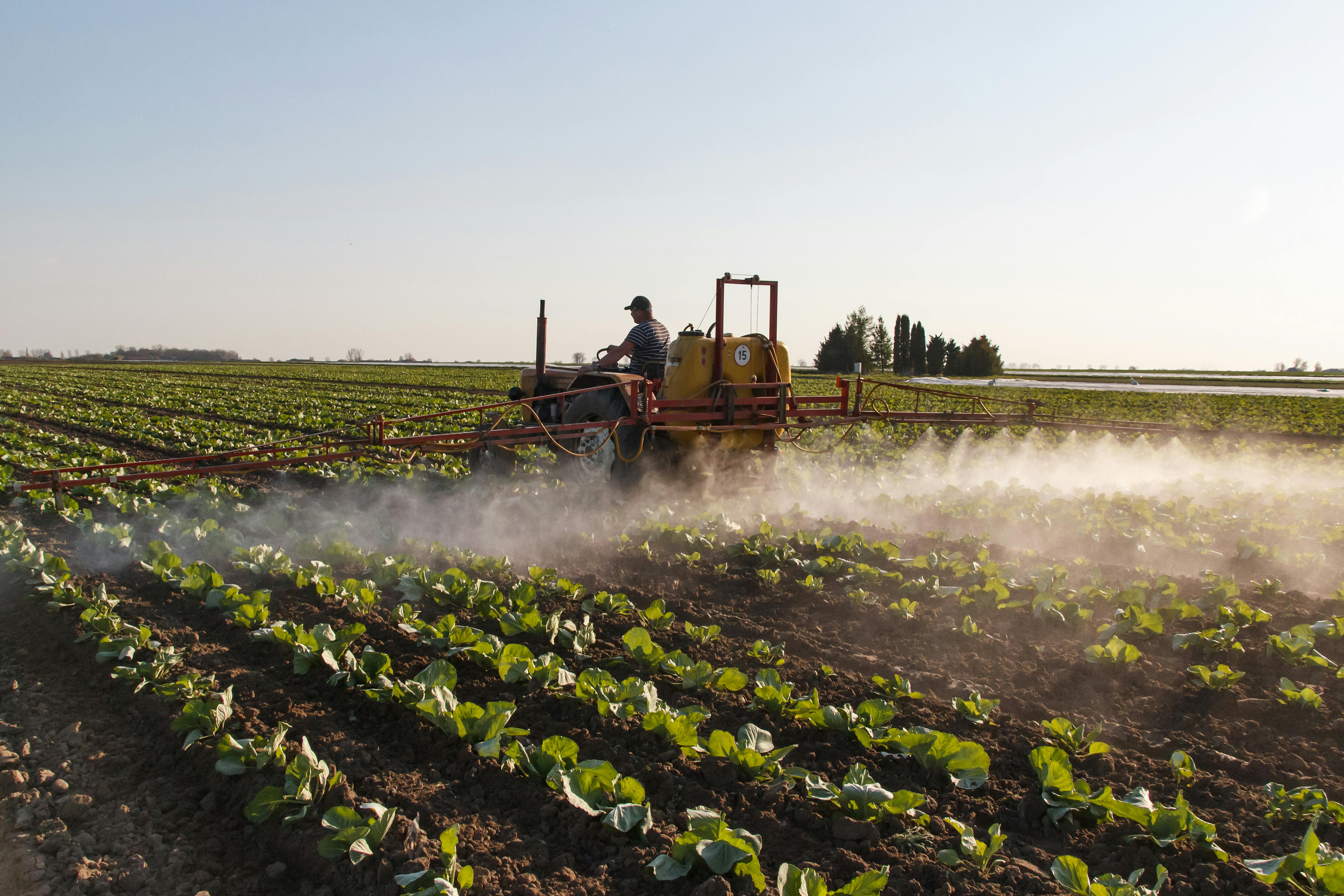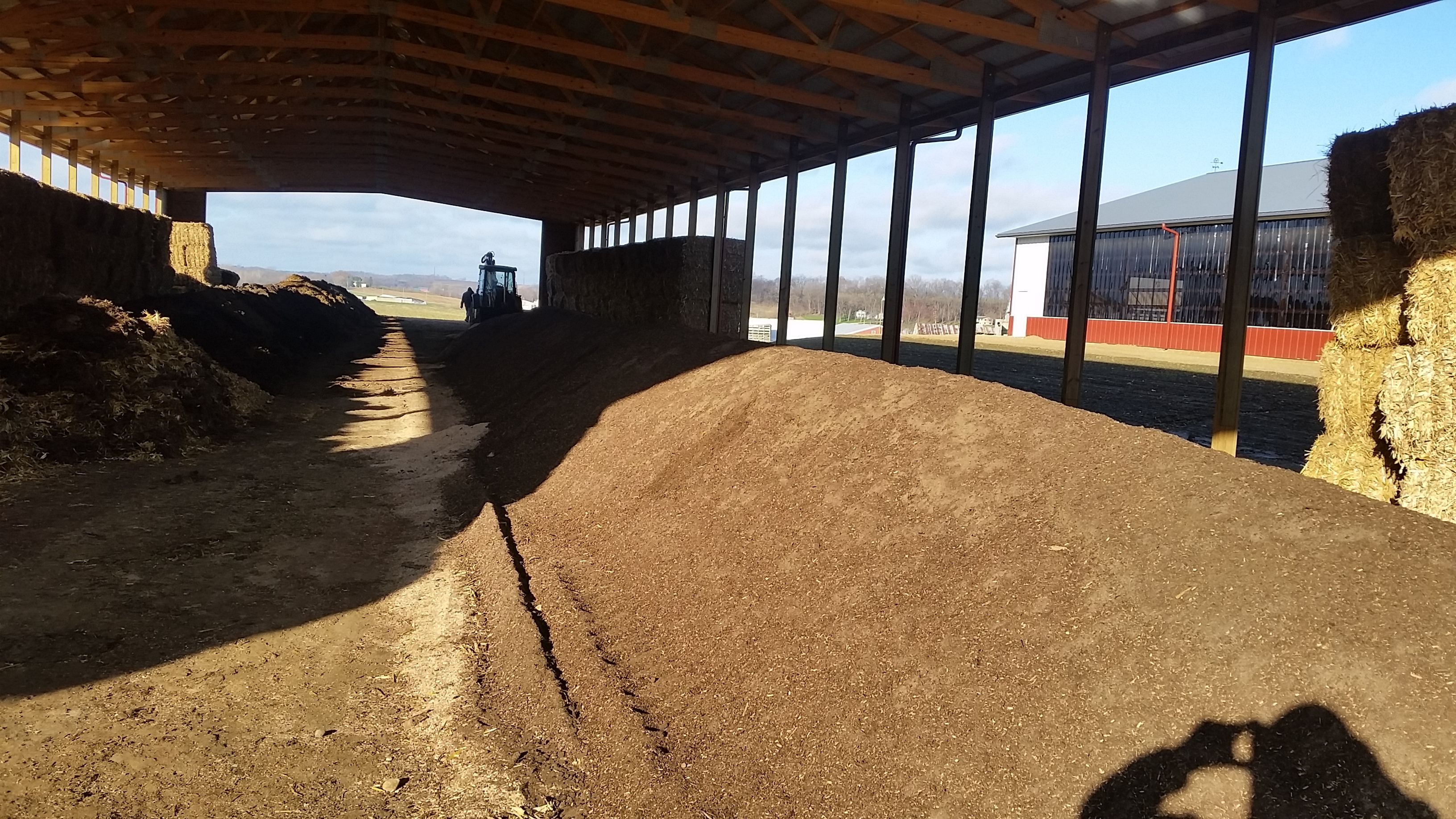Introduction
This case study highlights real-world results experienced by farmers who applied DTA Living Carbon and DTA Liquid Living Carbon (LLC) compost tea to their corn and bean fields. These stories demonstrate how biologically active soil amendments can unlock genetic potential, increase yield, and revitalize plant vigor across different crop types. With increasing input costs and inconsistent soil performance, these stories offer a proven solution through soil biology.
The Challenge
Modern seed genetics promise high yields, but their success relies on biologically alive soil to express their full potential. Many farmers experience plateaued or underperforming yields despite using high-quality seed and conventional fertility programs.
- In one case, a corn field consistently harvested only 75–80 bushels per acre, limiting the farmer's profitability and soil health.
- Another organic corn producer saw stagnant yields over a 10-year average, struggling to improve performance without compromising organic integrity.
- A bean grower faced poor field coverage and plant vigor, especially when using herbicides that further stressed the crop. The plants lacked resilience, leading to underwhelming harvests and visible gaps in the field.
These farmers needed a new approach that could work with their current operations while restoring long-term fertility and improving bottom-line results.

The Approach
Each grower implemented a targeted application of DTA Living Carbon solutions:
- The underperforming corn field underwent a comprehensive DTA Living Carbon application program, designed to introduce microbial diversity and reactivate nutrient cycling.
- The organic grower trialed DTA Living Carbon to enhance biological fertility and meet crop demands without chemical inputs.
- The bean farmer used DTA Liquid Living Carbon (LLC) compost tea alongside herbicide application, aiming to reduce plant stress and increase vigor.
These inputs work by:
- Enhancing microbial activity and building humus
- Improving root zone conditions and nutrient uptake
- Supporting plant immune function and stress tolerance
Rather than relying solely on NPK, DTA’s approach boosts biological processes in the soil that naturally unlock nutrients and sustain plant growth.
The Results
→ Corn Story 1: The grower who had long struggled with a field stuck at 75–80 bushels/acre saw a breakthrough after using DTA Living Carbon. In 2017, that same field produced an impressive 220 bushels per acre. This jump not only improved yields but also demonstrated the role of active biology in helping seeds reach their full potential.
→ Corn Story 2: For the organic farmer, adding DTA Living Carbon yielded a 13 bushel/acre increase over his 10-year average. Financially, that meant a $130 per acre net gain in just one season. The solution delivered both immediate value and long-term soil benefits while staying within organic farming standards.
→ Hearty Beans: In the bean field, the farmer applied DTA Liquid Living Carbon (LLC) compost tea in conjunction with his herbicide program. The result: a dense, healthy canopy so vigorous that the farmer’s 6-year-old child could stand in the field and be completely hidden. This remarkable transformation highlighted not just visual growth but also improved biomass, resilience, and soil health.
Conclusion
These real-world stories reflect the powerful potential of DTA Living Carbon and DTA Liquid Living Carbon to:
- Unlock seed potential through soil biology
- Deliver measurable yield gains and ROI
- Reduce dependency on synthetic inputs
- Improve plant health, structure, and canopy coverage
Whether you're farming organically or conventionally, biological fertility can transform the productivity and profitability of your soil.
Want to see similar results on your farm? Contact Carbon Cycle Consulting to learn more about our compost-based fertility solutions and on-farm application programs.





